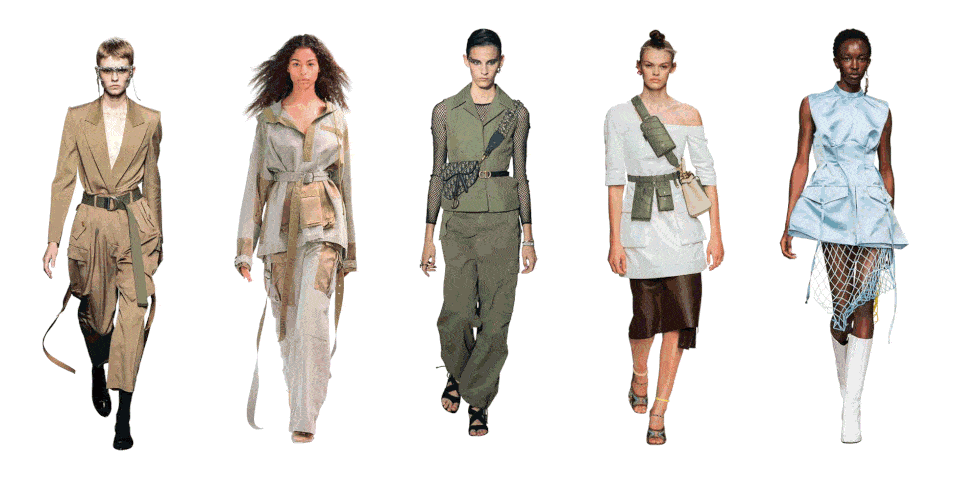Presentation dress code: the new rules

With the ever-changing nature of the modern workplace, there is a constantly widening spectrum of dress code options when dressing for a presentation.
Sometimes however, too many choices create complication and figuring out what to wear to make a strong first impression should be the least of your worries as your prepare for your big moment.
Whilst some of us still work in formal corporate environments, many workplaces are rapidly moving towards more creative, informal cultures. And on the far end of the spectrum there is a the start-up, entrepreneurial workplace which shuns the formal in favour of relaxed attire.
Regardless of your workplace style, audiences are still making all kinds of conscious and unconscious judgements about you before you even utter your first word. They’re looking for clues about whether you’re worth their attention, and most of those clues come from your appearance — your posture, your gait, your hair and, yes, your wardrobe.
To take away the added stress of finding the right outfit for your big moment, here are 5 top tips to ace your next presentation, along with some shopping ideas to help nail the look that’s perfect for you.
1. Feel good
First and foremost wear something you’re comfortable in, and something that makes you feel confident and allows you to move freely. This is the time to play it safe and pick your go-to outfit - save new and edgy for another day.
2. Look good
Of course, there are reasonable limits to Rule 1. If your “feel good” clothes are the ones you wear during a Netflix binge then perhaps yeah….no. The bottom line is your wardrobe should help you project authority. You should look like you belong up there sharing knowledge with a group. So whatever you wear it should be high quality, well fitting and contemporary.
3. Dress for your audience
We all make assumptions based on what we see others wear – whether we like it or not. If you turn up mismatched with the audience, your communication may be undermined. Dressing as well as the audience or slightly better, will help create an unspoken match. Use what your wear as a tool to enable people to connect with you and be more receptive to your message.
4. Dress for your personal brand
Within the guidelines of dressing for your audience, your clothes should reflect who you are. Mirroring what you represent by what you wear is a short cut for your audience to understand what you are all about. On the flip side, don’t pretend to be someone you’re not. Don’t attempt high fashion, hip or super-creative if you’re just not. Be true to yourself and your audience will respect you for it.
5. Keep it simple
If the audience’s main takeaway is remembering what you wore, you’re doing it wrong. Unless you have a certain brand that calls for highly creative dressing, it’s best to dress simply. Avoid colours, accessories or jewellery that might distract the audience, make noise or irritate you in any way.
So using these 5 tips as a guide, the next step is to apply them to your style of workplace.
Its important to match your level of formality to suit your workplace and your audience eg a relaxed presentation to your colleagues vs a formal pitch to a new corporate client.
The 3 styles below capture the basic levels of formality.
Corporate
The suit or tailored dress is still the go-to for the formal corporate workplace but conservative doesn’t necessarily mean dull. Think crisp and classic with sharp tailoring and minimalist accessories. Channel your inner Amal Clooney.
source: vogue.com
source: fashioneu.co
make it your own
Creative
The opportunity here is for more self expression. Whilst maintaining a level of professionalism, explore colour and fabric. Less formal shapes are also worth considering like wide-legged pants and wrap tops, with a statement shoe completing the look.
source: fromluxewithlove.com
source: zimbio.com
Start-Up
Denim is pretty widely accepted in the startup environment, but to keep the tone professional try a dark wash and adding a blazer.
source: vogue.es
source: wethepeoplestyle




























